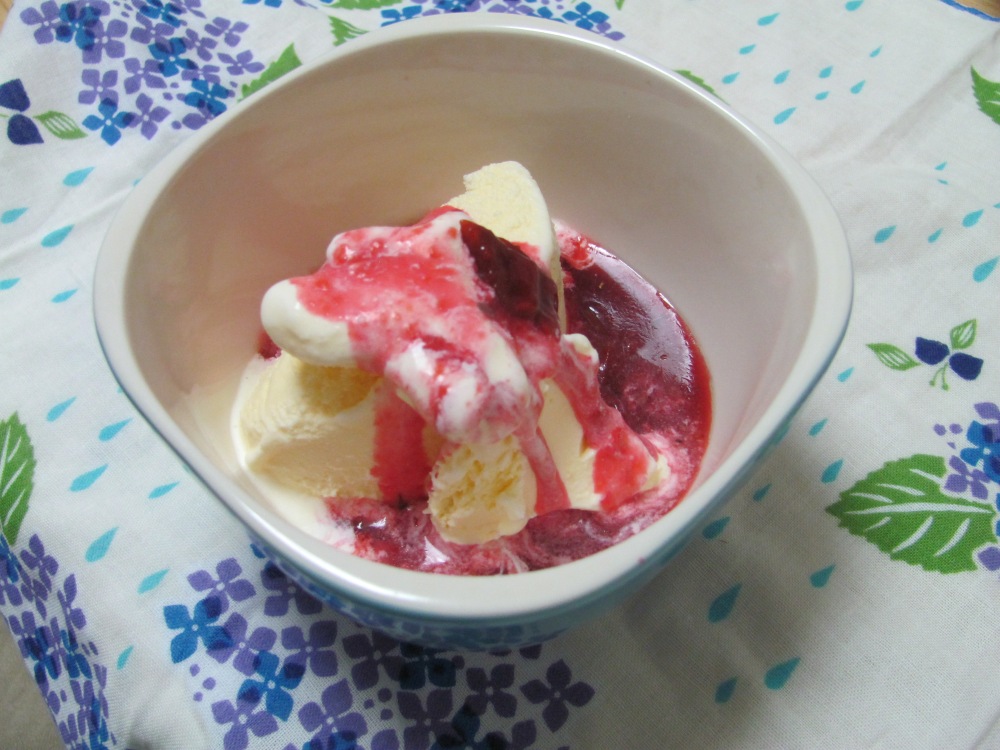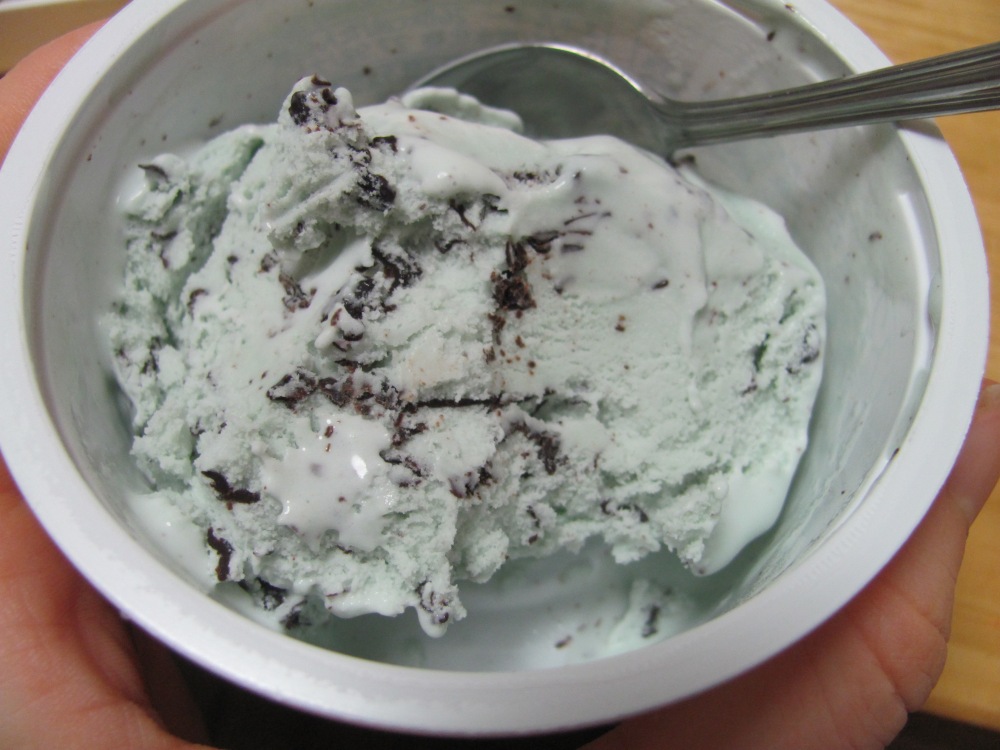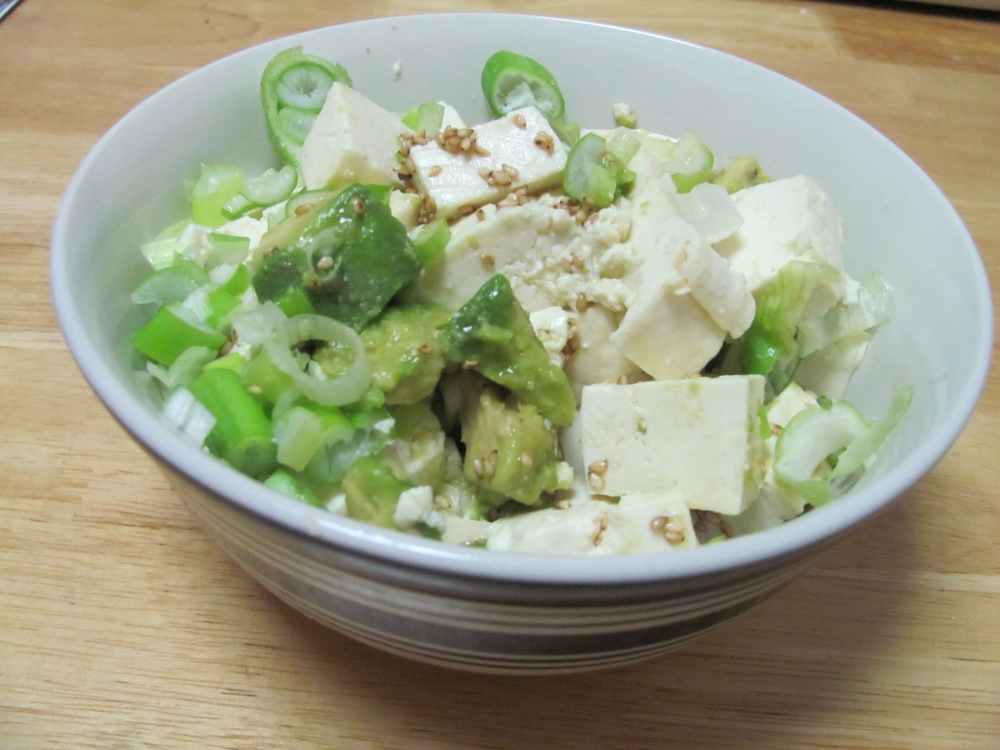A bit of press to start off this reader: a review of this blog from Tony at What Can I Do with a B.A. in Japanese Studies! Welcome, new readers, and よろしくお願いいたします!

From the (Digital) Bookshelf
Mark Bittman. How to Cook Everything Vegetarian: Simple Meatless Recipes for Great Food. Kindle edition. 2011 [2007].
I’ve been meaning to buy this book for years but hesitated because of the size and knowing that if I bought it, I’d want to bring it home with me if I repatriated. Luckily, I discovered a Kindle edition, which I can access from our iPad or my computer with a Kindle app. This would be a great addition to any English-speaker’s cookbook collection in Japan–not only do you not need Internet to access the recipes (since Internet set-up often takes a long time for new contracts), Bittman’s easy-to-follow, simple (he’s not joking) recipes include a surprising number of Japanese-inspired or Japanese recipes, which means that you can easily access the ingredients in Japan, too!
Around the Web
Barbara J. King. “Do Vegetarians And Vegans Think They Are Better Than Everyone Else?” NPR. 30 August 2012.
King responds to some reader comments that vegetarians and vegans have a “holier than thou” attitude by asking two prominent non-meat eaters their thoughts on the subject.
Katie J.M. Baker. “Bad Recipe: Farm-to-Table Chef Accused of Sexual Harassment by 22 Former Employees.” Jezebel. 30 Aug. 2012.
Baker details sexual harassment charges brought against Juventino Avila, the head chef of Juventino in Park Slope, NY, and that food’s “sustainability” is not just about organic farming but also treating the people who harvest, prepare, sell, and serve it well.
Ginny W. “So, you’re in pastry, right?” A Kitchen of One’s Own. 29 Sept. 2010.
“I’m a woman, so of course I’m in pastry…. Women in pastry don’t have to conform to the hypermasculine culture of the line cooks, but on the other hand, this makes the ‘dough bitches’ easily dismissed by the rest of the kitchen. They don’t come in for the hazing and the harassment, but they don’t get taken seriously, either.”
I am so sad this blog is no longer updating. We need more feminist foodie voices, especially from the restaurant and food industries.
“Tomato boom goes beyond tastes as consumers look to trim waists.” The Japan Times. 4 Sept. 2012.
Japan’s latest fad diet. I guess eating more tomatoes isn’t all bad, and it would be nice to see more vegetables in meals here. (Hint: this is the actual issue at hand with Japanese food culture and metabo: you need more veggies. All the veggies. Not just tomatoes [fruit].)
“Panasonic bread bakers’ milestone.” The Japan Times. 5 Sept. 2012.
More people are making bread at home with bread makers, but what I want to know is what kind of bread they’re making. Are they fed up with shokupan (white bread) as much as I am, or is there another reason?
吉池 威 [Yoshiike Takeshi]. 「日本人の主食は肉になる?」 [Will meat become the staple of the Japanese diet?] Japan Real Time. The Wall Street Journal Japanese edition. 31 Aug. 2012.
According to a Ministry of Internal Affairs and Communications household survey, the household budget for the staple foods of rice and bread has fallen from 64,651 yen per year (about $820 [USD] in the current exchange rate) to 55,746 yen ($710) per year in 2011, a drop of about 1man (10,000 yen). While this isn’t surprising in a time of deflation, what is curious is that the consumption of meat rose over the last decade: according to the Ministry of Agriculture, Forestry, and Farming, meat consumption rose 100,000 tons in the last ten years to 5.8 million tons. (Anyone interested in a full translation? I can do that.)
Food Almanac

Summer is winding down, which means the seasonal mint-flavored products might be on the out. When I first moved here in 2009, mint-chocolate, a standard and delicious flavor in the US, was practically unheard of here outside Baskin Robbins. Last year, Pocky put out a mint-chocolate summer flavor, and this year, 7-11, Pocky, Crunky, and a wide variety of other sweets-manufacturers and ice-cream shops all produced mint flavors. I normally don’t go for conbini ice creams, but 7-11 actually makes a really creamy mint-chocolate ice cream, pictured here. At 250 calories, it’s not even that bad for ice cream. Now, if we can just get Japan on the peanut-and-chocolate train, we expats will be (mostly) set on conbini sweets.
This Week’s Recipes

Anna. “Okara blueberry-corn muffins.” The Okara Project.
I made a modified version of this to use up a whole bunch of cheap Nagano blueberries I got at Kitagata in Omicho. (180 yen per pack!) I modified this by using applesauce for the oil and an equivalent amount of whole-wheat flour for the corn meal (I was out). I also added another 1/3-1/2 cup water, because the author’s homemade okara is wetter than the kind I get at the store (which is raw, not dried). These muffins just melt in your mouth, which isn’t something you’d expect from a fiber-rich baked good!
Marc Matsumoto. “Avoid Hunger Pangs with Tofu Avocado Salad.” PBS Food.
So simple it’s ridiculous. I didn’t have any cilantro, but it’s excellent without it. I can only imagine the glory that this salad would be with it.
Mark Bittman. “Smashed edamame and potatoes with miso.” How to Cook Everything Vegetarian. Kindle location: 32399.
An interesting and Japan-friendly way to use some of the Noto potatoes, fresh edamame, and Shirakawa-go inaka-style miso paste I had in the fridge. (Though I do have a quibble with his use of edamame–that refers to the whole pod, not just the bean. You need to shuck your edamame before mashing the beans in with the potatoes!)
Joy Wilson. “Roasted Plums with olive oil, thyme & yogurt.” Joy the Baker.
Plums (プラム) suddenly got cheap at the market! I used dried thyme (1/3 tsp) and served once with oats and yogurt and once with ice cream.
What’s cooking in your kitchen?
3 Comments
Comments are closed.